Gallery
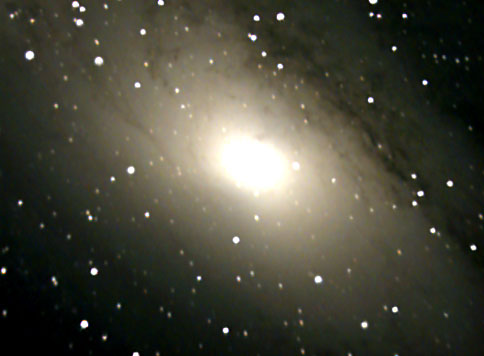
M31 galaxy, also known as the Andromeda Galaxy, our closest galactic neighbour. This an
spiral galaxy that was once thought to be a nebula. It is visible to the naked eye under good
conditions as a small fuzzy spot close to Pegasus in the constellation Andromeda. It is often
studied as an example of our own Milky Way galaxy and has the same characteristics of our home
galaxy. Andromeda is approximatley 2 million light years from Earth or 19 Quintillion
Kilometeres away!! That is 19 with 18 zeros after it!

This is a small portion of the Milky Way galaxy. You could say that it is a portion of
one of it's 'spiral arms'. Quite an amazing picture really, even from this picture you can't
begin to grasp the number of stars and systems in our very own Milky Way galaxy.

Nebula M27. Discovered by Charles Messier on July 12, 1764. This planetary nebula
is also known as the 'Dumbell Nebula'. This nebula resembles an end of a dumbell and has
beautiful blues and pinks in images. However, like other deep sky objects, you won't see
those colors visually as it simply appears like a dim green bubble in telescopes.
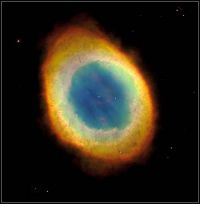
Nebula M57, also known as the 'Ring Nebula'. This planetary nebula is located in the
constellation Lyra and gets its name for obvious reasons. This nebula is thought to closely
resemble the shape of the Dumbell Nebula, but we view them from different angles. The outer
shell of material is lit by energy from the central star, which you can see in the middle
of the ring.
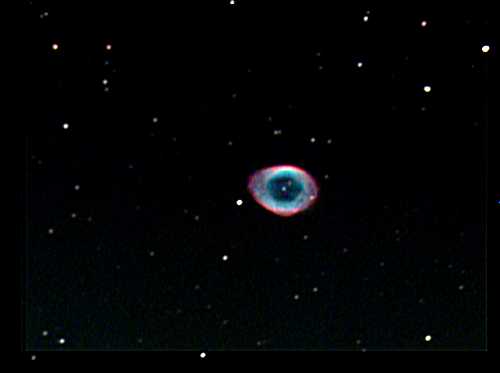
The Ring Nebula.
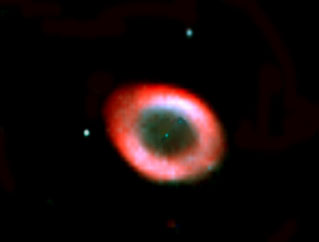
The Ring Nebula.
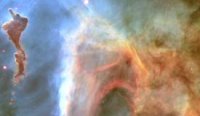
Keyhole Nebula. The Keyhole Nebula is also known by the designation NGC3324 and is part
of the Eta Carina Nebula. This nebula was so named by Sir John Herschel in the 19th century
because of its unusual shape and is approximately 8000 light years from Earth.
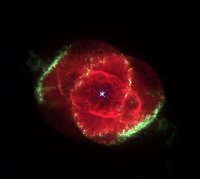
The Cat's Eye. NGC 6543, or The Cat's Eye Nebula. This one of the most complex nebulae
in the category of 'planetary nebula'. The central star in NGC 6543 might actually be a binary
system and this nebula might be the result of two events.
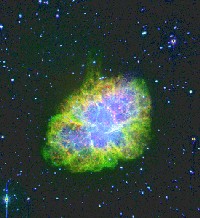
M1 Nebula, also known as the 'Crab Nebula'. This nebula was the first 'Messier' object
cataloged by Charles Messier. It can be found in the constellation Taurus and is a remnant
of a supernova seen by Chinese astronomers in 1054 A.D. It is around 6,400 light years from
Earth. The nebula is a strong X-Ray source and harbors a pulsar star as well.
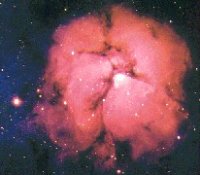
M20 Nebula, also known as the 'Trifid Nebula'. The Trifid Nebula became 'M20' in Charles
Messier's catalog, but it got its 'Trifid' name when it was viewed by John Herschel who
noticed the appearance of 'tri' or three different segments separated by dust lanes.
It is also part of the NGC catalog with a designation of NGC 6514. The estimated distances
to the Trifid vary widely between 2000 and 5200 light-years away. On a night of excellent
seeing and dark skies the Trifid Nebula is reputed to be visible to the naked eye, but it
will surely show up in modest sized telescope.
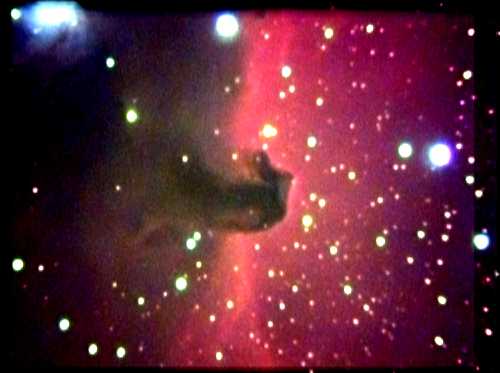
Horsehead Nebula IC 434

North America Nebula
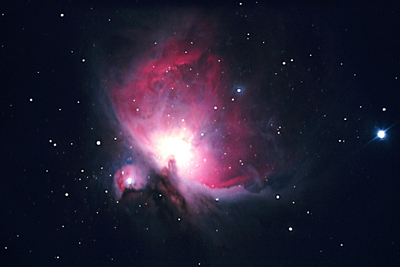
Orion Nebula
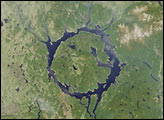
Impact Crater, Quebec, Canada - Possibly the one that caused the extinction of the dinosaurs.

Star Cluster

Pleiades Star Cluster
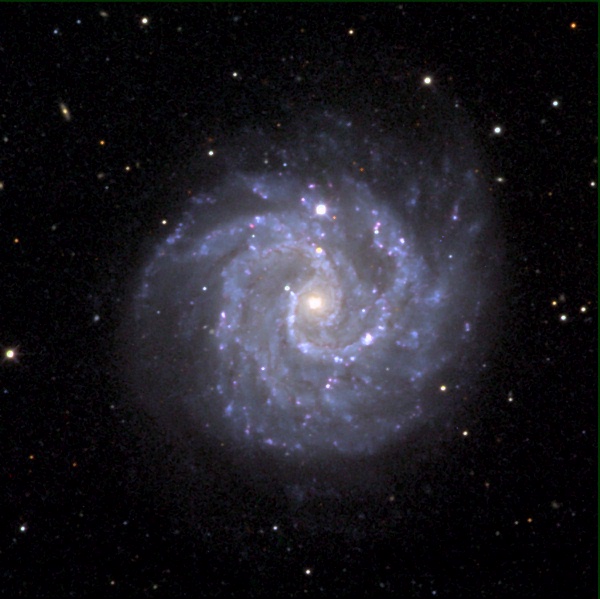
Supernova NGC3184
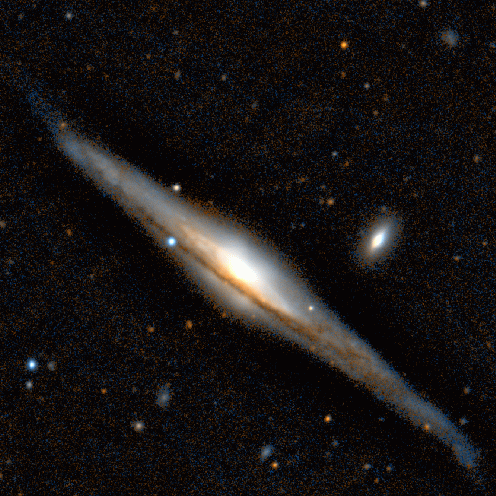
Supernova NGC5965
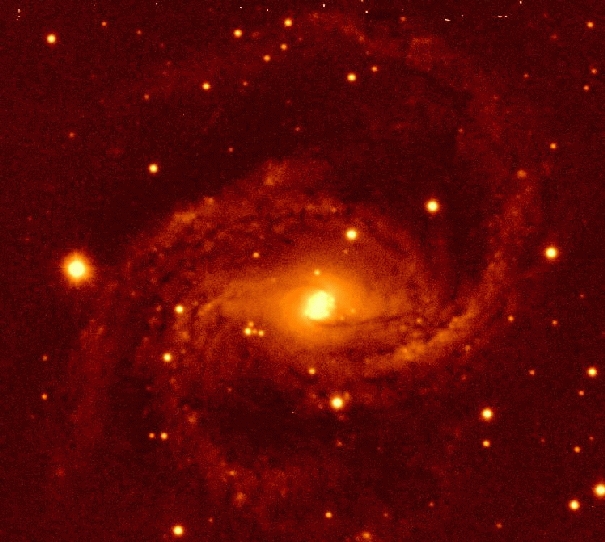
Supernova NGC6951
Back To Main


















